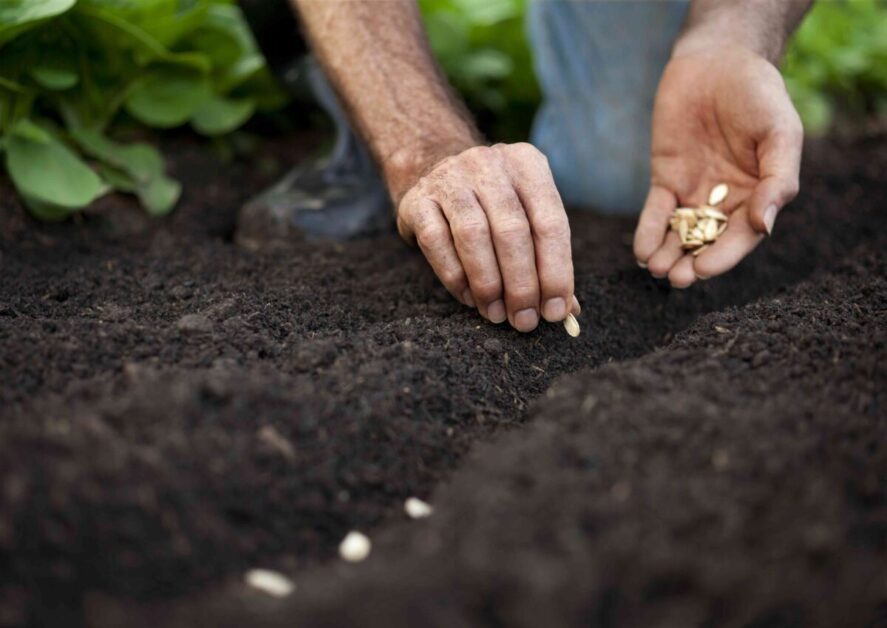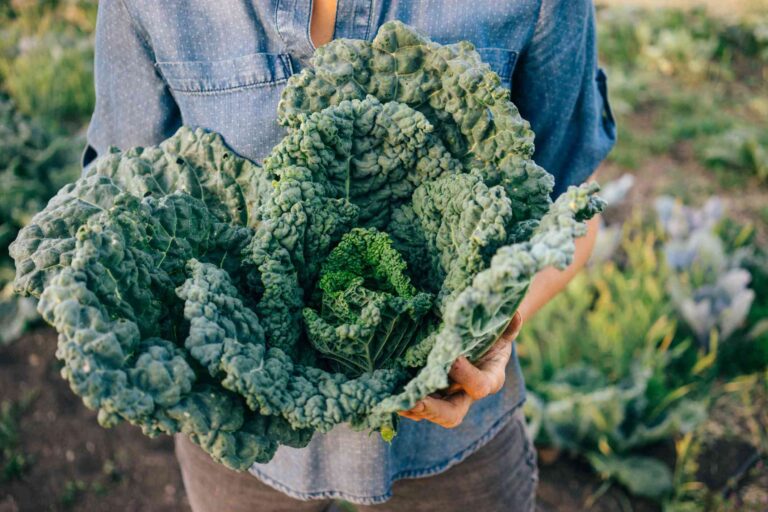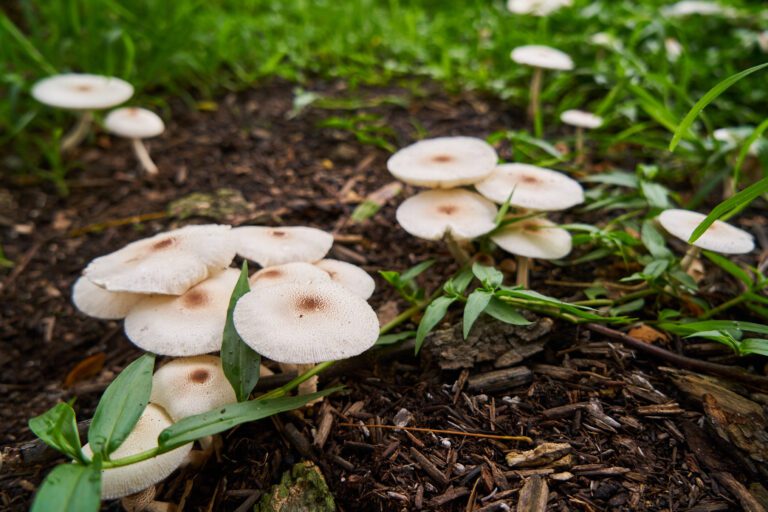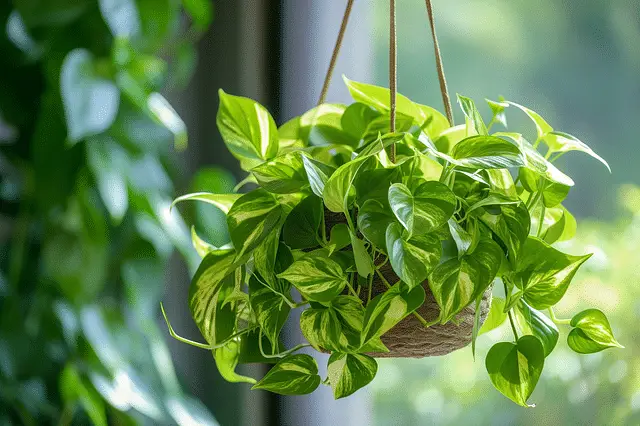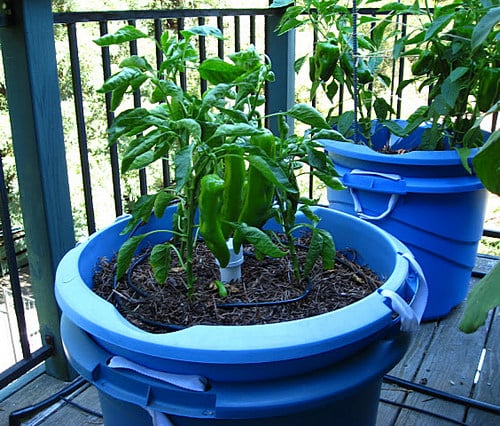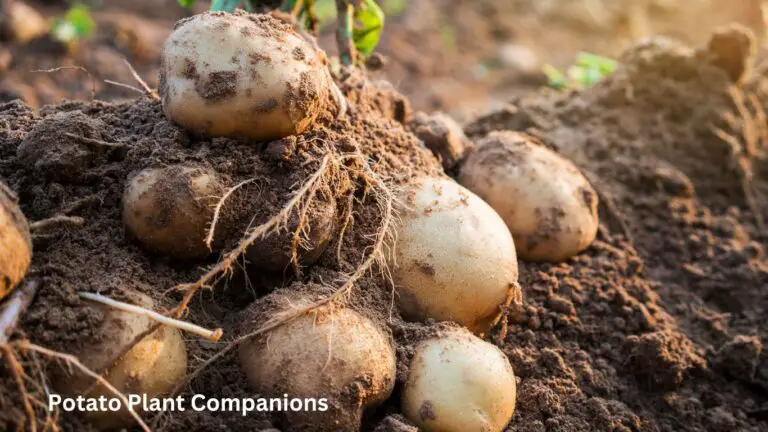How Many Seeds Do You Need to Grow a Plant?
Seeds: The Building Blocks of Plant Growth
Seeds are the tiny powerhouses that lay the foundation for plant growth, serving as the starting point for the miraculous journey of life in the botanical world. These small marvels contain all the genetic material and nutrients needed to kickstart the growth process, making them indispensable in the realm of gardening and agriculture. From the mighty oak tree to the delicate daisy, each plant owes its existence to the humble seed, showcasing the vital role they play in shaping the green tapestry of our planet.
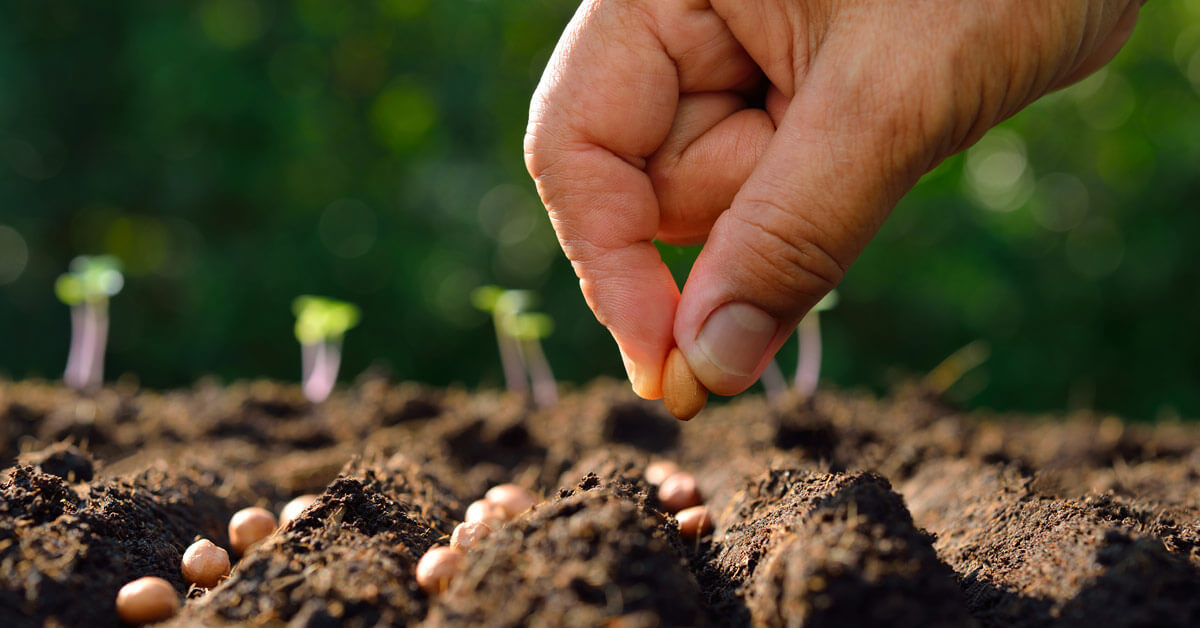
The diversity of seeds is truly awe-inspiring, with each type possessing unique characteristics that dictate its germination requirements and growth trajectory. Whether they are hard-coated or soft, large or small, every seed holds the promise of new life, patiently waiting for the right conditions to sprout and flourish. Understanding the intricacies of seed biology and behavior is key to unlocking their full potential and harnessing their remarkable ability to transform into vibrant green beings that enrich our world with beauty and sustenance.
Understanding Seed Germination
Seed germination is a crucial stage in the life cycle of a plant, marking the beginning of its growth journey. During germination, a seed awakens from dormancy and starts to sprout, triggering a series of biochemical and physiological changes that lead to the emergence of a seedling. Factors such as water, temperature, oxygen, and light play essential roles in the germination process, influencing the speed and success of seedling emergence. By understanding the intricate mechanisms behind seed germination, gardeners can optimize conditions to facilitate healthy growth and development in their plants.
Factors Affecting Seed Germination
Seed germination is a complex process influenced by various factors. One key factor affecting germination is the availability of water. Seeds require water to activate enzymes that kickstart the germination process. Additionally, oxygen plays a crucial role in seed germination as it aids in the respiration process, providing energy for the germinating seed.
Another crucial factor influencing seed germination is temperature. Different plant species have specific temperature requirements for germination. Some seeds need cold stratification, a period of cold temperatures, to break dormancy and germinate effectively. Conversely, other seeds may require warm temperatures to trigger germination. Understanding these factors can significantly impact the success of seed germination in your gardening endeavors.
There are a lots of factors that can affect seed germination which are given below:
| Factors Affecting Seed Germination | Description |
|---|---|
| Water | Essential for seed imbibition and activation of enzymes required for germination. |
| Temperature | Influences enzyme activity; optimal temperature range varies by plant species. |
| Light | Some seeds require light for germination, while others germinate in darkness. |
| Oxygen | Required for cellular respiration during germination; seeds may suffocate in waterlogged soils. |
| Seed Coat | Thickness and permeability affect water and gas exchange, impacting germination. |
| Seed Viability | Viability decreases over time; fresher seeds generally have higher germination rates. |
| Seed Depth | Depth of burial affects exposure to moisture, temperature, and light, influencing germination. |
| Soil pH | Extreme pH levels can inhibit germination by affecting enzyme activity and nutrient availability. |
| Soil Texture | Impacts water retention, aeration, and seed-to-soil contact, influencing germination. |
| Seed Dormancy | Dormancy mechanisms delay germination until favorable conditions are met. |
Optimal Seed Spacing for Plant Growth
Optimal seed spacing is a crucial factor in determining the overall health and productivity of your plants. Providing adequate space between seeds allows each plant to access the necessary nutrients, water, and sunlight for optimal growth. When seeds are sown too closely together, plants may compete for resources, leading to stunted growth and decreased yields.
The ideal seed spacing varies depending on the type of plant being grown. Larger plants with extensive root systems will require more space between seeds compared to smaller plants or those with shallow roots. It is important to follow the recommended spacing guidelines provided on seed packets or by gardening experts to ensure that each plant has ample room to thrive and reach its full potential.
Seed Viability: How Long Do Seeds Last?
Seeds are truly remarkable in their ability to preserve life. The longevity of seeds varies greatly depending on the plant species and environmental conditions in which they are stored. Some seeds, like those of certain palm trees, can remain viable for several hundred years under the right conditions, while others may lose their viability after just a few weeks or months. Understanding the lifespan of seeds is crucial for successful planting and cultivation, as using old or non-viable seeds can lead to poor germination rates and stunted plant growth.
Factors such as temperature, humidity, and light exposure play significant roles in determining how long seeds remain viable. Proper storage in cool, dry environments can help extend the viability of seeds, ensuring that they remain healthy and ready to sprout when planted. By being mindful of seed viability and taking appropriate storage measures, gardeners and plant enthusiasts can maximize their chances of success in growing vibrant and thriving plants.
Seeds vs. Seedlings: Which is Better for Plant Growth?
When considering whether to start your garden with seeds or seedlings, it’s essential to understand the advantages and disadvantages of each option. Seeds offer a wider variety of plant options, including heirloom and rare varieties, that may not be readily available as seedlings. Starting from seeds also allows you to have better control over the entire growing process, from germination to harvest. However, seedlings provide a head start in the growing process, reducing the time to maturity and potentially resulting in earlier harvests. They are also less susceptible to environmental conditions and have a higher success rate, making them ideal for beginners or gardeners with limited experience.
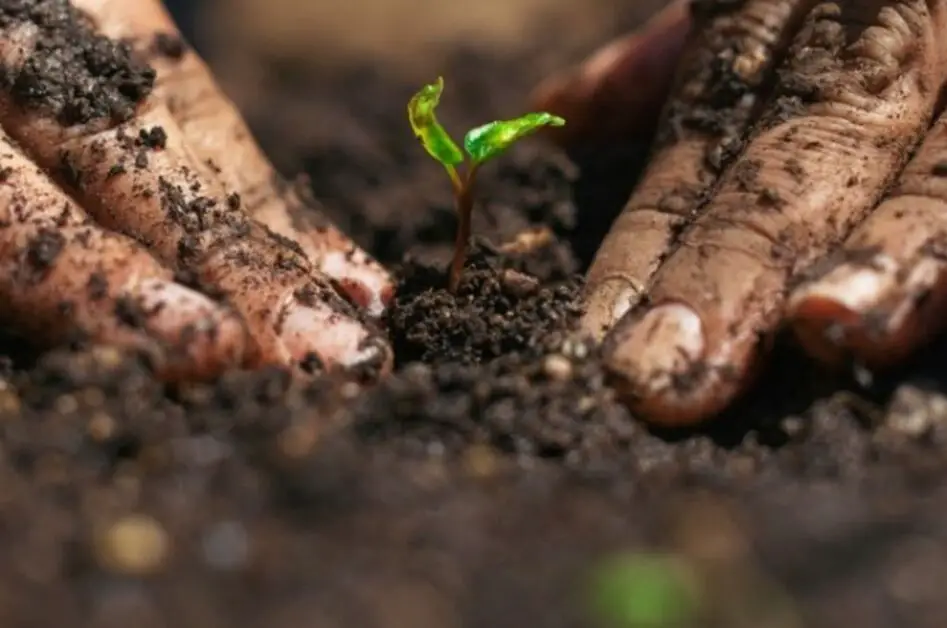
Moreover, the cost factor plays a significant role in the seeds vs. seedlings debate. While seeds are generally more affordable, the initial investment in seed-starting supplies and equipment can add up, especially if you’re starting a large garden. On the other hand, purchasing seedlings may be more expensive upfront, but it can save you time and effort in the long run. Consider your gardening goals, available resources, and level of experience when deciding between seeds and seedlings for optimal plant growth in your garden.
Germinating Seeds Indoors vs. Outdoors
When it comes to germinating seeds, choosing between indoors and outdoors can impact the success of your gardening efforts. Indoors, you have more control over environmental factors like temperature, moisture, and light, which can contribute to higher germination rates and healthier seedlings. Utilizing grow lights and heat mats indoors can mimic optimal growing conditions for a variety of plant species, giving you a head start on the growing season.
On the other hand, outdoor germination can expose seeds to natural sunlight and air circulation, promoting sturdier and more resilient seedlings. Some plants, like sunflowers and beans, actually prefer to be sown directly in the garden where they will ultimately grow to maturity. Additionally, outdoor germination can help seeds acclimate to outdoor conditions early on, reducing transplant shock later in their growth cycle.
Seed Starting Mix: The Key to Successful Plant Growth
When it comes to successful plant growth, the importance of a quality seed starting mix cannot be overstated. This specialized blend of materials provides the ideal environment for seeds to germinate and seedlings to thrive. A good seed starting mix is lightweight, well-draining, and provides the necessary nutrients for early plant development. By using the right seed starting mix, you can give your seeds the best possible start and set the stage for a bountiful harvest.
Choosing the correct seed starting mix is crucial for ensuring the success of your plants. Avoid using traditional potting soil, as it can be too dense and may not provide adequate aeration for young roots. Instead, opt for a mix specifically designed for seed starting, which typically consists of ingredients like peat moss, vermiculite, and perlite. These components create a balanced growing medium that promotes healthy root development and reduces the risk of seedling diseases. By investing in a high-quality seed starting mix, you are setting your plants up for optimal growth and productivity.
Seedling Transplanting: When and How to Do It
Transplanting seedlings is a crucial step in the journey of plant growth, ensuring their successful transition from a controlled environment like seed trays to the open garden or larger pots. The timing of transplanting is key, typically when seedlings have developed their first set of true leaves and outgrown their initial containers. Transplant shock can be minimized by handling the delicate roots with care and providing adequate moisture and sunlight post-transplant.
When transplanting seedlings, it’s essential to prepare the new planting site beforehand, ensuring the soil is well-drained and enriched with nutrients. Dig a hole slightly larger than the root ball of the seedling, gently remove the seedling from its container, and place it in the hole at the same depth as it was growing previously. Water the seedling immediately after transplanting to reduce stress and help it establish in its new environment seamlessly. Proper aftercare, such as regular watering and monitoring for any signs of stress or disease, is crucial to support the seedling’s growth post-transplant.
Seedling Care: Watering, Light, and Temperature Needs
When caring for seedlings, ensuring proper watering, adequate light exposure, and suitable temperature conditions are crucial for their healthy growth and development. Watering seedlings requires gentle attention, as overwatering can lead to root rot while underwatering can cause wilting and stunted growth. It’s essential to maintain soil moisture levels that are consistent but not soggy, allowing the roots to access the water without becoming waterlogged.
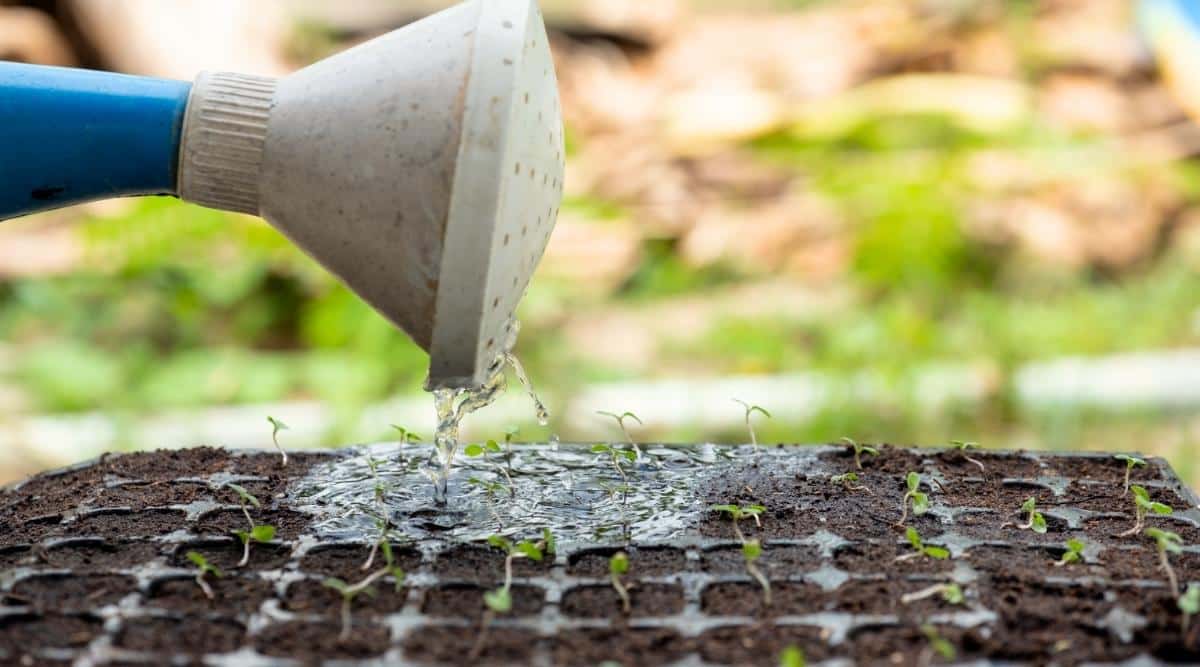
In addition to proper watering, providing seedlings with sufficient light is key to their photosynthesis process and overall well-being. Most seedlings require around 12-16 hours of direct or indirect sunlight daily to thrive. If natural light is limited, supplemental grow lights can be used to ensure adequate light exposure for optimal growth. Moreover, maintaining appropriate temperature levels is vital, as extreme heat or cold can stress seedlings. Aim for daytime temperatures of around 65-75°F (18-24°C) and nighttime temperatures slightly lower to create an optimal growing environment for your seedlings.
Seed Saving: A Sustainable Approach to Plant Growth
Seed saving is a cost-effective and sustainable practice that allows gardeners to preserve plant varieties and reduce their dependency on commercial seed sources. By selecting and saving seeds from the healthiest and most productive plants in your garden, you can cultivate a diverse and resilient seed bank tailored to your local growing conditions. Additionally, seed saving promotes genetic diversity, preserves heirloom varieties, and fosters a deeper connection to the plants you grow.
To successfully save seeds, it’s essential to know the specific requirements of each type of plant you’re working with. Some seeds require fermentation to remove gel coatings, while others need to dry thoroughly before storage. Proper labeling, storage conditions, and seed viability testing are also crucial aspects of seed saving to ensure the longevity and germination of your saved seeds for future plantings.
Seed Dormancy: Overcoming Obstacles to Germination
Seed dormancy is a natural phenomenon that can present challenges to gardeners looking to successfully germinate their seeds. Dormancy mechanisms vary among plant species and can be caused by factors such as hard seed coats, chemical inhibitors, or even the need for specific environmental cues to trigger germination. Overcoming seed dormancy is essential for unlocking the potential of seeds to sprout and grow into thriving plants.
To overcome seed dormancy, various techniques can be employed, depending on the specific requirements of the plant species. Methods such as scarification, stratification, or soaking can help break seed dormancy and promote germination. Understanding the dormancy mechanisms at play for different seeds is crucial in choosing the appropriate method to overcome these obstacles and set the stage for successful germination and plant growth.
Common Seed Starting Mistakes to Avoid
When embarking on seed starting for your garden, it’s important to steer clear of common mistakes that can hinder the success of your plants. One frequent error is sowing seeds too deeply in the soil, which can cause difficulties for germination. It’s vital to check the recommended planting depth for each type of seed and follow those guidelines to ensure proper growth. In addition, overwatering is a common pitfall that can lead to damping off and other fungal diseases. By giving your seeds just the right amount of water based on their specific needs, you can avoid this issue and promote healthier seedlings.
Seedling Diseases and Pests: How to Protect Your Plants
Pests and diseases can wreak havoc on delicate seedlings, threatening to derail all your hard work in nurturing young plants. Prevention and early intervention are key to protecting your plants from these potential threats. Keeping a vigilant eye on your seedlings and implementing proper care practices can go a long way in safeguarding them from harmful pests and diseases.
One effective method is practicing good sanitation by cleaning your gardening tools, pots, and trays regularly to prevent the spread of pathogens. Additionally, providing adequate air circulation and spacing between seedlings can help reduce the risk of disease outbreaks. In terms of pest control, using natural predators, such as ladybugs or introducing beneficial nematodes, can serve as an eco-friendly solution to keep harmful pests at bay. Remember, a healthy growing environment is often the best defense against diseases and pests that may harm your seedlings.
The pests and diseases in seedling and their solution is given below:
| Seedling Diseases and Pests | Solution |
|---|---|
| Damping-off | Improve soil drainage and avoid overwatering. Use sterile planting media and clean containers. |
| Root Rot | Ensure proper drainage and avoid overwatering. Use disease-resistant varieties and rotate crops. |
| Seedling Blight | Practice good sanitation and remove infected plants. Apply fungicides if necessary. |
| Cutworms | Use physical barriers like collars around seedlings or biological controls like parasitic nematodes. |
| Aphids | Use insecticidal soap or neem oil. Encourage natural predators like ladybugs. |
| Flea Beetles | Apply row covers or use insecticidal sprays. Keep garden clean of debris. |
| Seedcorn Maggot | Practice crop rotation and avoid planting in fields with a history of infestation. |
| Damping-off | Use sterilized soil or seed treatments. Improve air circulation and avoid overwatering. |
| Wireworms | Practice crop rotation and use bait traps. Keep garden clean and free of debris. |
| Thrips | Apply insecticidal soap or neem oil. Encourage natural predators like lacewings. |
Seedling Fertilization: Feeding Your Plants for Growth
When it comes to nurturing your seedlings for optimal growth, understanding the importance of proper fertilization is key. Fertilizing your plants at the right time and with the right nutrients can make a significant difference in their development. Seedlings have specific nutritional needs that must be met to support their growth from sprouting to mature plants. Providing a balanced fertilizer that includes essential nutrients such as nitrogen, phosphorus, and potassium is crucial for promoting healthy root development, vigorous leaf growth, and overall plant vitality. Over-fertilizing can lead to nutrient imbalances and hinder seedling growth, so it’s important to follow recommended guidelines for application and dosage.
In addition to choosing the right type of fertilizer, it’s essential to consider the timing of fertilization to support seedling growth effectively. Seedlings are delicate and vulnerable in their early stages, so introducing fertilizer gradually and at the appropriate stage of development is essential for preventing damage and promoting healthy growth. Slow-release fertilizers or diluted liquid fertilizers are often recommended for young seedlings to avoid overwhelming their root systems. Monitoring your seedlings closely and observing their response to fertilization can help you make adjustments as needed to ensure they are receiving the nutrients they require for robust growth. By carefully managing fertilization practices, you can provide your seedlings with the essential nutrients they need to thrive and reach their full potential.
Watch this video to get a full tutorial about seed for plantation.
From Seed to Harvest: The Journey of Plant Growth
Once a seed is planted, it embarks on a remarkable journey of growth, development, and eventual harvest. From the moment it germinates, the seed sends out roots to seek nutrients and water in the soil. As the seedling emerges from the ground, it begins to photosynthesize, converting light energy into chemical energy to fuel its growth. With each passing day, the plant matures, producing leaves, stems, and eventually flowers or fruit, depending on the species. Throughout this journey, the plant relies on a delicate balance of environmental factors, care, and nutrients to reach its full potential and produce a bountiful harvest.
As the plant nears maturity, the fruits or vegetables it bears ripen, signaling the time for harvest. This stage is the culmination of the plant’s growth cycle, where all the hard work and care invested in the plant come to fruition. Whether it’s plucking ripe tomatoes from the vine, harvesting crisp lettuce leaves, or gathering fragrant herbs, the harvest represents the rewards of successful plant growth. It is a satisfying moment for gardeners and farmers alike, celebrating the journey from seed to harvest and the abundance of nature’s bounty.
How can I determine the viability of seeds before planting?
You can perform a simple viability test by placing a few seeds in a damp paper towel and keeping them in a warm, dark place for a few days. If the seeds start to sprout, they are viable and can be planted.
What is the best way to protect seedlings from common pests?
To protect your seedlings from pests, you can use natural remedies such as neem oil or insecticidal soap, or introduce beneficial insects like ladybugs or lacewings to your garden.
Can I save seeds from hybrid plants for future planting?
While you can save seeds from hybrid plants, they may not produce offspring with the same desirable traits as the parent plant. It is best to save seeds from open-pollinated or heirloom plants for consistent results.
How often should I fertilize my seedlings for optimal growth?
It is recommended to fertilize seedlings with a diluted fertilizer solution once a week to provide them with the necessary nutrients for healthy growth.
What is the best way to overcome seed dormancy issues during germination?
To overcome seed dormancy, you can scarify the seeds by lightly scratching or nicking the seed coat, soak the seeds in water for a few hours, or mimic natural conditions by exposing the seeds to cold temperatures or light.

